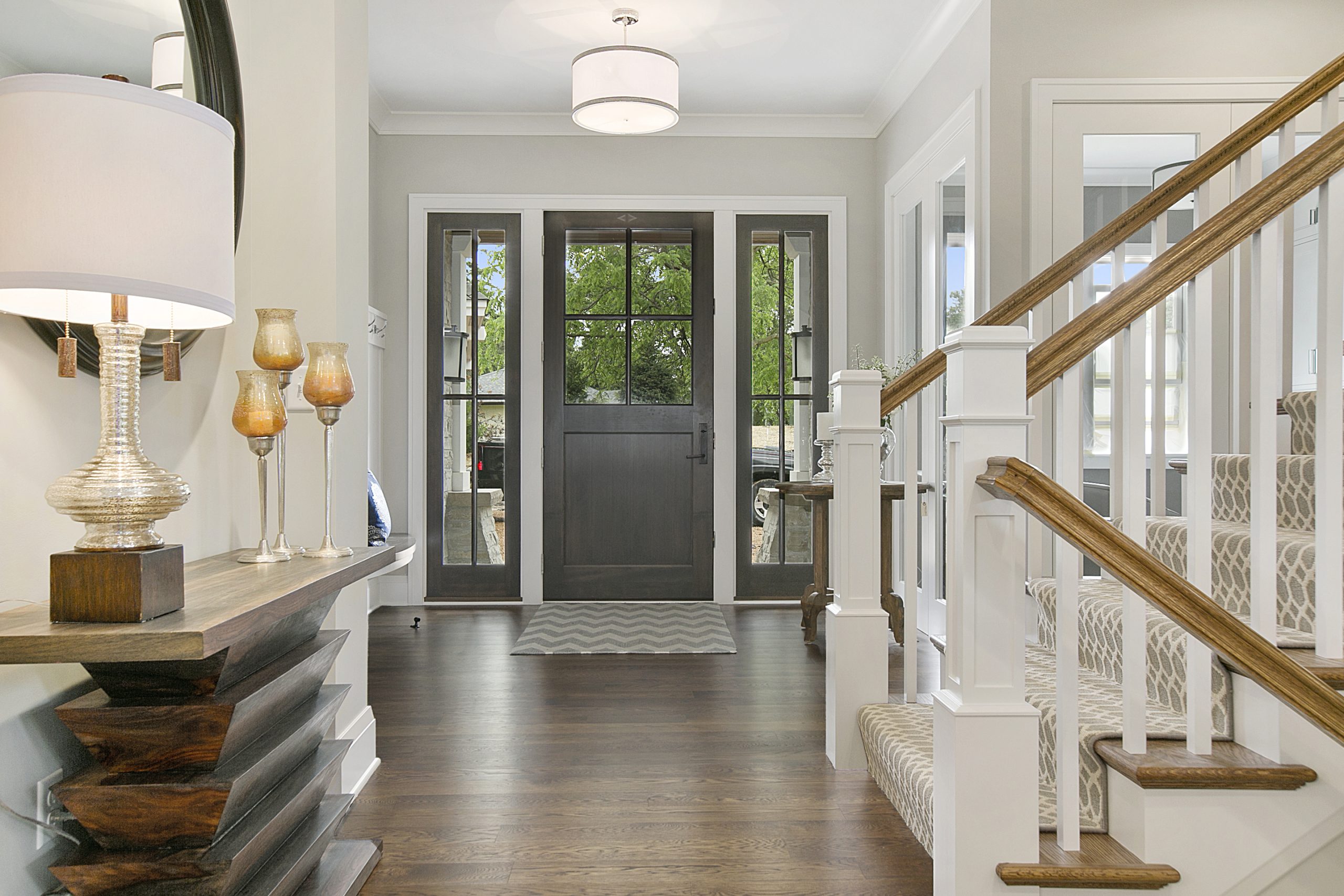Search Blog Posts by Blog Topic
Alternatives to the Traditional Mortgage
May 30, 2022
Not everyone who can afford to buy a home qualifies for a traditional mortgage. Fortunately, there are alternative ways to own a home, one of which involves looking at what unconventional mortgage lenders have to offer. Depending on whether you meet the required eligibility criteria, getting a USDA loan or a VA loan might also work in your favor.
Nonbank/Unconventional Mortgage Lenders
Typically referred to as private mortgage lenders, nonbank mortgage lenders offer financial products that are largely similar to what you’d find through traditional banking institutions. These include loans for first-time homebuyers, second home/investment loans, jumbo loans, reverse mortgages, as well as refinancing solutions. However, since alternative mortgage lenders don’t have to follow the same stringent regulations as banks, they are able to make way for relaxed eligibility criteria, lower down payments, and quicker processing of applications. Unlike banks, private lenders cannot offer deposit services.
Alternatives to a Traditional Mortgage
First-time homebuyers who do not meet the typically stringent eligibility criteria that come with traditional mortgages as well as investors who are looking for flexible solutions may turn to mortgage alternatives made available by nonbank mortgage lenders. While such alternatives give you the ability to bring down your monthly payments, you also stand the chance to qualify for higher loan amounts than you would through a traditional mortgage.
Looking to Purchase a Home on Long IslandContact Us
You may refer to any mortgage that deviates from traditional mortgage practices as an alternative mortgage. The variation may come in the form of an adjustable rate or more relaxed income/creditworthiness requirements.
What is a Non-Qualified Mortgage?
Non-qualified mortgages (non-QMs) refer to home loans that do not fall under the qualified mortgage (QM) bracket. Lenders that offer QMs need to determine if borrowers meet the requirements laid out in the ability-to-repay rule. In addition, lenders cannot offer features such as interest-only payments, loan terms of over 30 years, and balloon payments through QMs.
The non-QM market finds favor with people who have less-than-perfect credit as well as with those who cannot qualify for traditional mortgages or QMs for any other reason. Non-QMs, in their basic form, are designed as solutions for individuals who cannot meet the stringent eligibility requirements that come with traditional mortgages. For example, you might qualify for a non-QM as a foreign national or as an investor with fair credit.
One way to determine if you need to look at alternative or non-qualified mortgages is to check if you qualify for a traditional mortgage. General eligibility criteria for qualified mortgages include providing proof of income through paystubs, tax returns, and W-2s, as well as having a debt-to-income ratio of no more than 43%. In addition, fees and points cannot be more than 3% of the amount you borrow.
Given the stringent guidelines that accompany QMs, providers of such loans receive considerable protection from liability by being backed by some government entities such as Fannie Mae, Freddie Mac, or the Federal Housing Administration (FHA). Non-QMs, on the other hand, don’t provide lenders with any such safeguard.
Making the Case for Non-QMs
Data released by CoreLogic suggests that the main reasons why non-QMs from 2018 did not fit the QM bracket were:
- Alternative of limited documentation
- Debt-to-income ratios of over 43%
- The need to make interest-only payments
More than 45% of non-QM borrowers had DTIs of over 43%, and over 40% presented alternative or limited documentation. While the share of non-QMs issued to borrowers with DTIs over 43% has increased significantly over the last few years, there has been a phasing out of risky factors such as balloon payments and negative amortization.
The non-QMs of today have evolved considerably over the last decade and are not quite the same as they were before the financial crisis of 2007-2008. Consider this – the average credit score of non-QM borrowers in 2018 stood at 760. This number for homebuyers with QMs was a tad lower, at 754. In addition, the average first-lien loan-to-value ratio for non-QM borrowers was 79%, whereas it was 81% for QM borrowers.
Pros and Cons of Non-QMs
Determining if a non-qualified mortgage might work well for you requires that you pay attention to the benefits as well as the possible downsides.
Pros
- Lenders accept alternative forms of documentation
- More relaxed credit requirements than QMs
- No maximum limit to the number of investment properties
- Foreign nationals may qualify
Cons
- Might need to make a larger-than-usual down payment
- Interest rates and fees and typically higher than QMs
- Risky loan features may put you at risk
- Not all lenders provide non-QMs
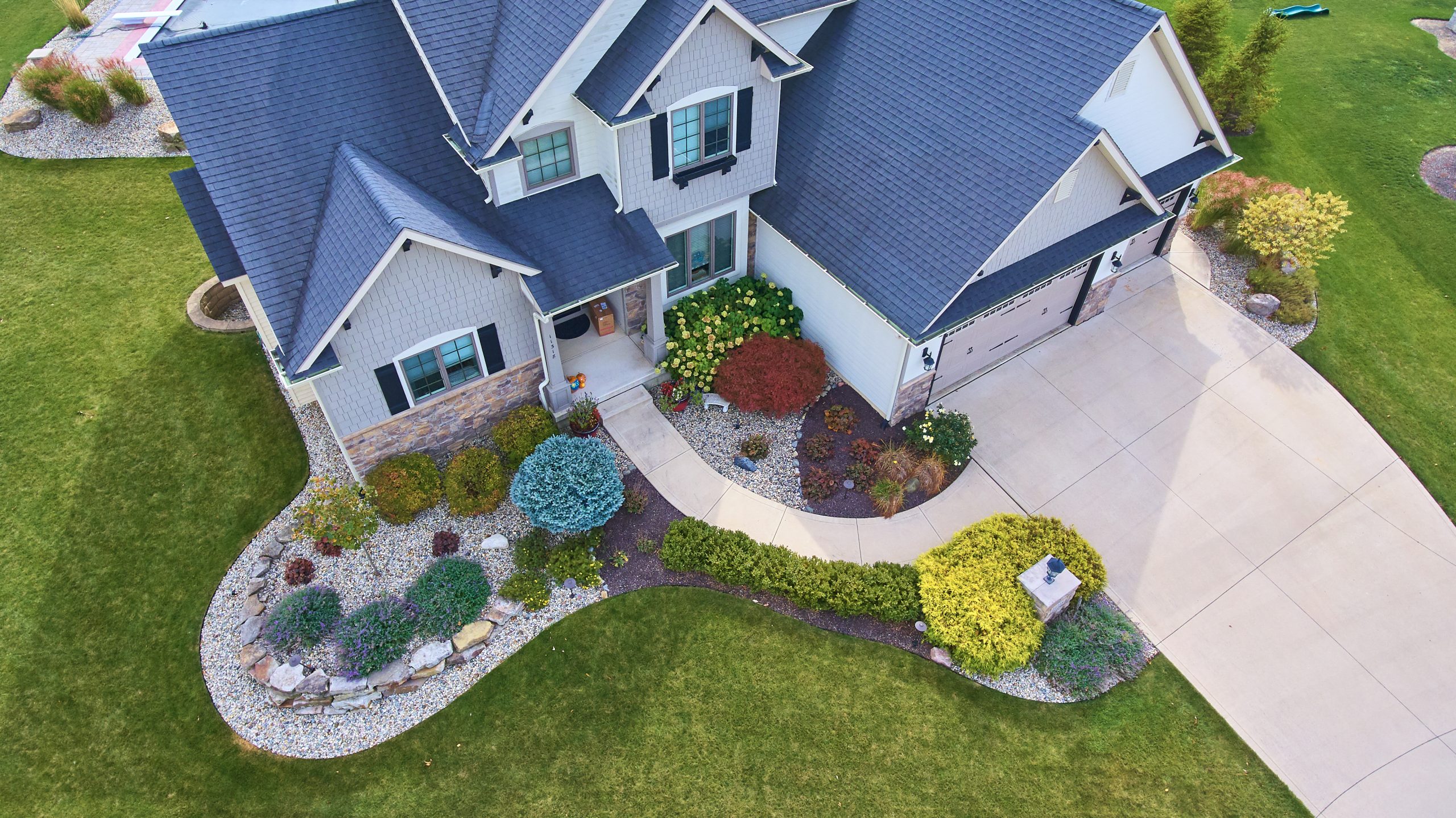
Your Top Alternatives to a Traditional Mortgage
People who don’t have lengthy enough credit histories, those who have fair/average creditworthiness, foreign nationals with no credit scores, and even those looking for larger-than-usual loan amounts get several mortgage alternatives from which to choose. Selecting the option that works best for you requires paying close attention to different factors, including your own requirements.
Using a Home Renovation Loan to Become a Homeowner
A home renovation loan gives you the ability to buy a fixer-upper home and have adequate funds to carry out required repairs and renovations.
- 203K. FHA-backed, these loans come in two forms – streamlined and standard. Both do not allow inclusion of luxury items. The streamlined alternative is ideal for homes that require non-structural work such as kitchen/bathroom remodeling, plumbing/electrical repairs, and paint jobs. The standard variant allows for extensive structural changes that might include repairing the foundation or adding new rooms.
- HomeStyle Renovation. Backed by Fannie Mae, you may include luxury items in the HomeStyle Renovation loan. When buying a house, you may get a loan of up to 50% of the home’s as-completed value. Your down payment can be as low as 5%. Private mortgage insurance (PMI) stops when you get to the 22% equity mark.
Check if You Qualify for a USDA or VA Loan
Although both the loans in question are backed by government bodies, they come with features that you would not find in a traditional mortgage. For instance, you may get either without needing to make a down payment.
- USDA Loans. Guaranteed by the United States Department of Agriculture (USDA), USDA loans are made available to rural homebuyers as well as those who wish to purchase homes in the outer suburbs of large cities. These loans come with more relaxed income and creditworthiness criteria than traditional mortgages.
- VA Loans. VA loans are guaranteed by the United States Department of Veterans Affairs (VA). They are made available to those currently serving in the U.S. military, veterans, reservists, as well as eligible surviving spouses. No matter how little you put toward the down payment, you don’t have to get PMI.
Non-Qualified Mortgage Options
Meadowbrook Financial Mortgage Bankers realizes that borrowers looking at what the non-QM market has to offer don’t have many options from which to choose. To fill this relative void, it offers four distinct products.
Credit Ascent
The Credit Ascent loan program is designed to meet the needs of individuals with fair/average credit who’re looking for responsible lending solutions.
Looking to Purchase a Home on Long IslandContact Us
- You may qualify with standard or alternative documentation
- You may borrow any amount between $150,000 to $300,000
- You may have a loan-to-value (LTV) ratio of up to 90%
- You may apply with a FICO Score of 600 or higher
- Your debt-to-income ratio can be up to 50%
- Making interest-only payments is possible
- You get a cash-out option
Prime Ascent
The Prime Ascent loan program is meant for qualified individuals who’re looking for larger-than-usual loan amounts.
- You may apply with full or alternative documentation
- You may borrow any amount between $150,000 to $3,500,000
- You may have a loan-to-value (LTV) ratio of up to 90%
- You need a FICO Score of 660 or higher
- Your debt-to-income ratio can be up to 50%
- You may use this loan to purchase a second home
- Making interest-only payments is possible
- You get a cash-out option
Investor Solutions
As the name implies, the Investor Solutions loan program is for investors who’re looking for alternative sources of funding.
- Can underwrite to property income
- Can close as an LLC or a corporation
- No limit on the number of properties you may finance
- Borrow any amount between $150,000 to $3,500,000
- Loan-to-value (LTV) ratio of up to 80%
- FICO Score of 600 or higher
- Interest-only payments possible
- Cash-out option
Foreign Nationals
You may consider taking a look at what this loan program has to offer if you’re a foreign national who wishes to purchase a home or refinance an existing mortgage in the U.S.
- Second homes and investment properties count as eligible transactions
- Can use standard documentation or debt-service coverage ratio (DSCR)
- Loan-to-value (LTV) ratio of up to 75%
- Borrow any amount between $150,000 to $2,000,000
- Interest-only payments possible
- Cash-out option
What About Jumbo Loans?
Jumbo loans fall outside the bracket of traditional mortgages for one simple reason. They come with loan amounts that exceed conforming loan limits (CLLs) set forth by the Federal Housing Finance Agency (FHFA). As per data released by the agency, the CLL for single unit properties is set to be $647,200 in 2022. With jumbo loans, qualified borrowers may get mortgages of up to three million dollars.
Given that the amount involved in a jumbo loan is typically a large sum, you may expect to find more stringent lending criteria than compared with other alternative forms of lending.
- You need a credit score of 700 or higher
- Your debt-to-income ratio should be below 43%
- You need to make a down payment of 10% to 20%
Who Can Benefit by Getting a Non-QM or an Alternative Mortgage?
Data indicates that the non-QM market closed at around $18.9 billion in 2020, although it is pegged to get to $200 to $300 billion per year in not too distant a future. The projected growth is mainly because an increasing number of prospective homebuyers are unable to qualify for traditional mortgages. The three main segments that stand to gain from non-QMs include:
- Investors and self-employed individuals with considerable income tax write-offs. Mortgage seekers from this segment typically don’t qualify for any backing from the government or its agencies. Even if you do, navigating through the increasingly tough requirements is easier said than done. As a result, looking at what non-QMs have to offer might serve this group well.
- Borrowers with less-than-perfect credit scores or inadequate credit histories. A number of entrepreneurs rely on flexible approaches when running their businesses. This might keep them from having credit scores that meet the requirements of traditional mortgages. A businessperson with a DTI ratio of over 43% is a perfect example of someone from this segment. What helps is providers of non-QMs focus more on your ability-to-repay and take into account cash flow from varied sources.
- Individuals with unconventional sources of income. Getting a traditional mortgage may seem like an uphill task if your tax returns don’t qualify as proof of income. This can be the case if your income comes from unconventional sources such as property investments, the stock market, alimony, and part-time work. When it comes to non-QM lenders, they may accept bank statements to serve as proof of income.
Conclusion
In an ideal world, there should be no stopping you from getting a traditional mortgage if you have the ability to repay. You would then get the same loan terms and interest rates as your peers who check all the QM boxes. However, not everyone who wishes to and can afford to buy a home qualifies for a traditional mortgage. What helps is that there are a number of alternatives to traditional mortgages, several of which come in the form of non-QMs. These aim to help borrowers with unconventional or unique circumstances.
Looking to Purchase a Home on Long IslandContact Us
If you’re unsure about which type of mortgage might work best for you, getting in touch with a reliable lender that provides alternative solutions might be in your best interest.
Ready To Get Started?
Fill out the form below and a mortgage professional will get back to you shortly.
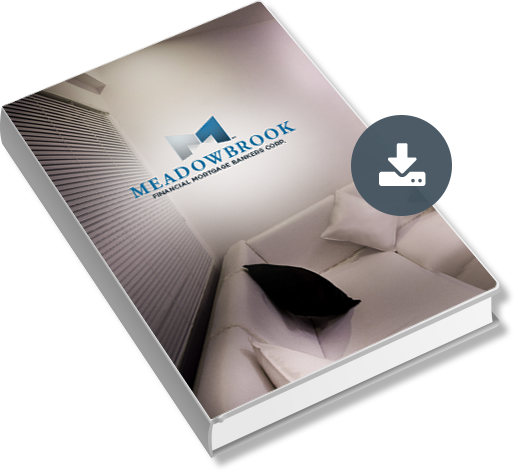
First Time Homebuyer’s Guide
Considering homeownership but not sure where to begin? The Meadowbrook Financial Mortgage Bankers Corp. guide to home buying will make the process easy all in one packet.
Recent Articles
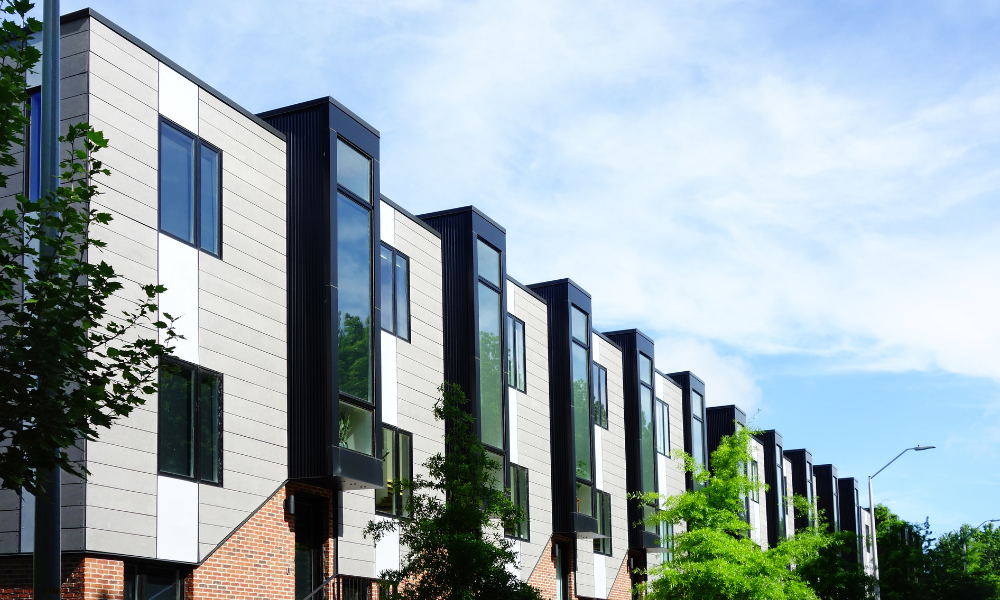
An In-Depth Condo Buying Guide
2 July, 2025One reason why many first-time homebuyers prefer condos over single-family homes is that they are typically more affordable and give them the means to start…
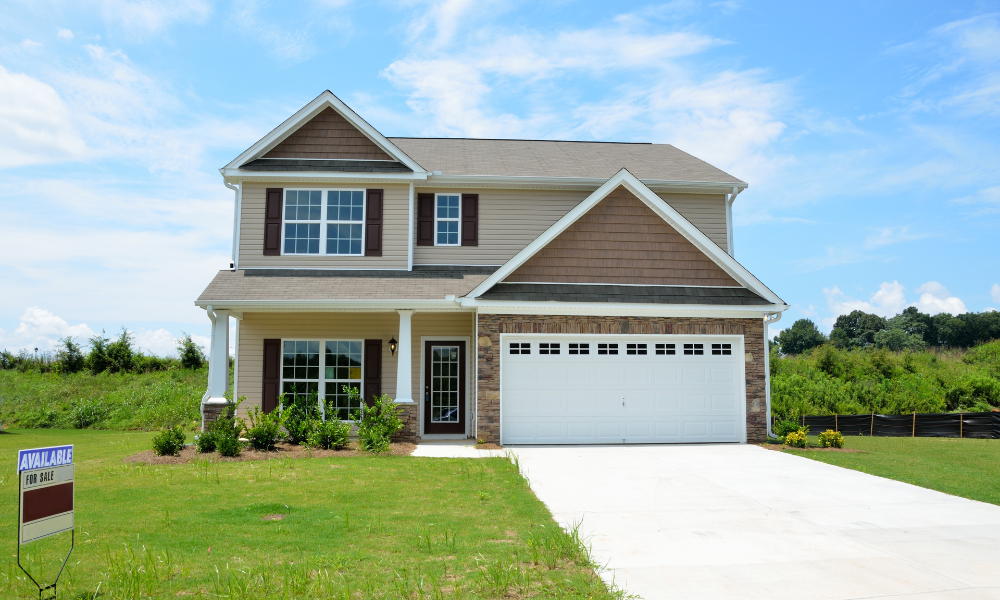
Should You Buy an Under-Construction, New Build, or…
18 June, 2025The dream of owning a home often comes with having to make an array of decisions, and perhaps none is more crucial than choosing the…

How Do Pets Influence Homebuying?
1 May, 2025Adding a furry friend to your family can bring so much joy to your life. Whether it’s a dog, cat, bunny, or other, they’re sure…


